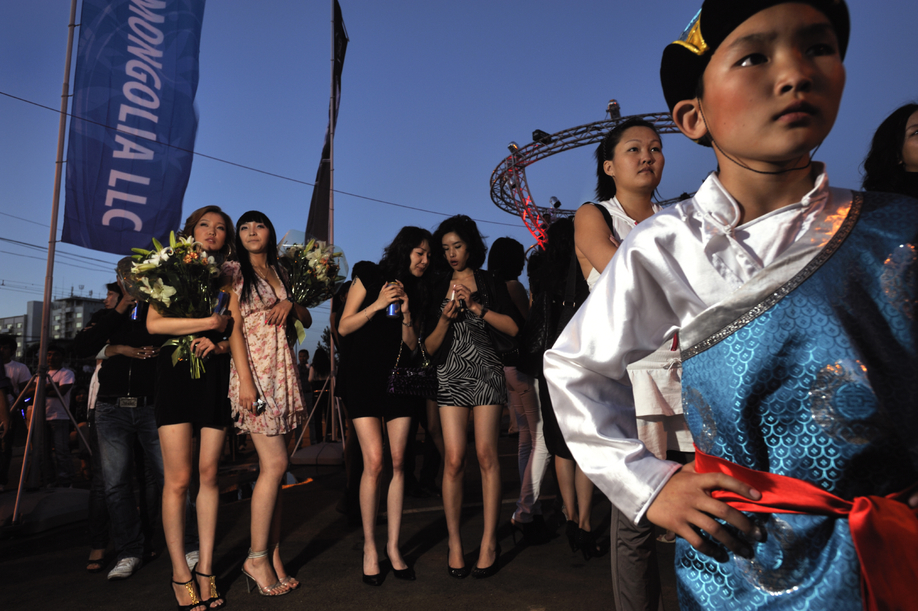
Ulaanbaatar and the End of Nomadism
Organization: Redux Pictures
Photographer: Mark Leong
Organization: Redux Pictures
Exhibit Title: Ulaanbaatar and the End of Nomadism
Location: Mongolia
Mongolians have been nomadic herders since prehistoric times, but over the past decade they have been abandoning their flocks to pitch their gers by this city on the steppe. A combination of lethal winters and a rising, lucrative gold and copper mining industry is driving this societal change. Since 2000, Ulaanbaatar’s population has grown from 650,000 to well over 1 million, nearing half of Mongolia's 2.8 million. This sudden shift has its growing pains. Urbanized nomads find themselves on the wrong side of the wealth gap, struggling to catch up with hi-tech consumerism. Unemployment is widespread, and twenty-two percent of all men suffer from alcoholism. Old-school corruption keeps the mining windfall from providing civic needs like paved roads and running water in the ger districts, while neo-Nazi xenophobes sort out the blame with fists and knives. Thus, the mobile camps that once represented freedom have become polluted slums for newcomers. Yes, this tiny nation that once ruled half of the civilized world is relevant once again, but after nomadism, what is left of the Mongolian identity?
lmrk@aol.com
Make Comment/View Comments